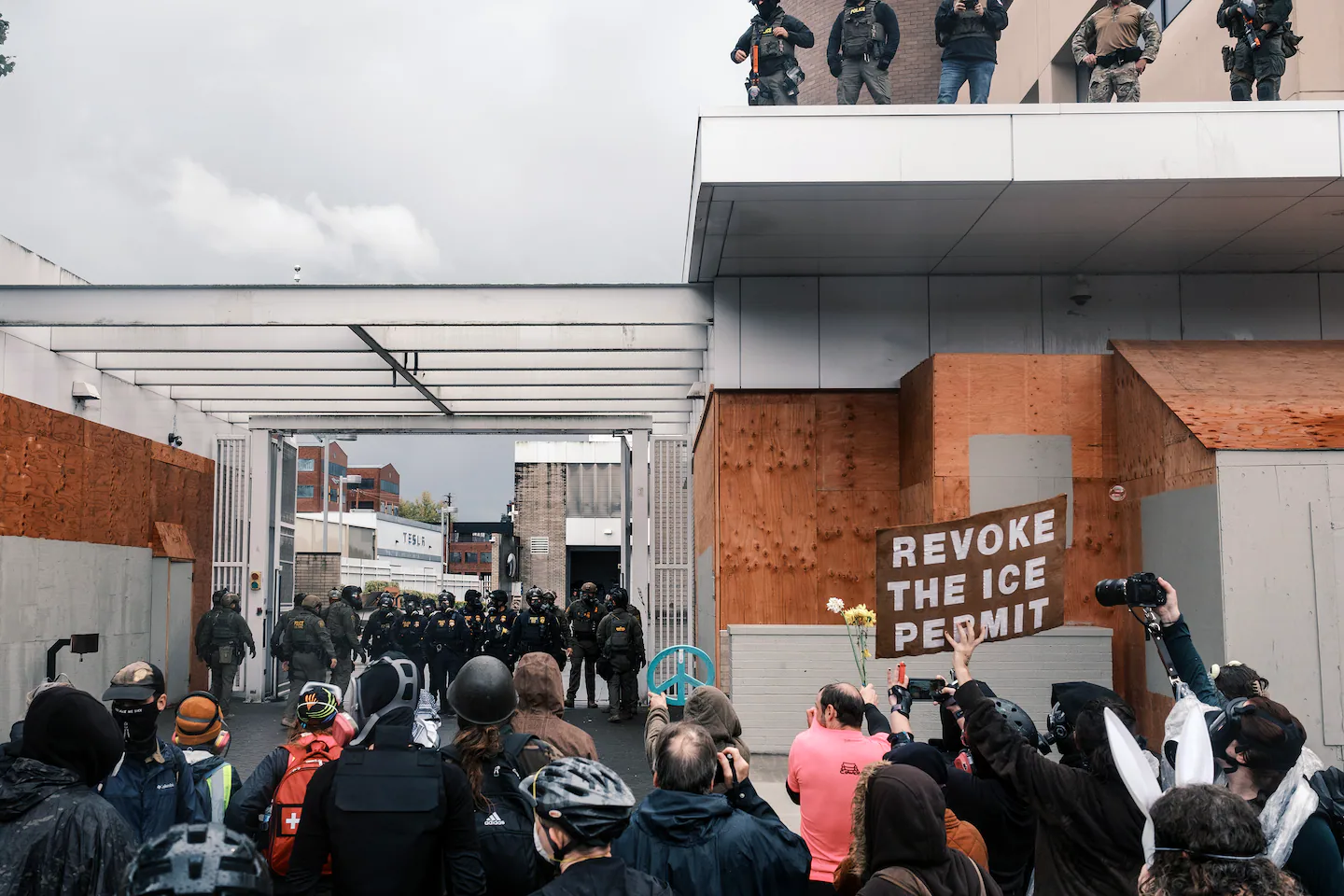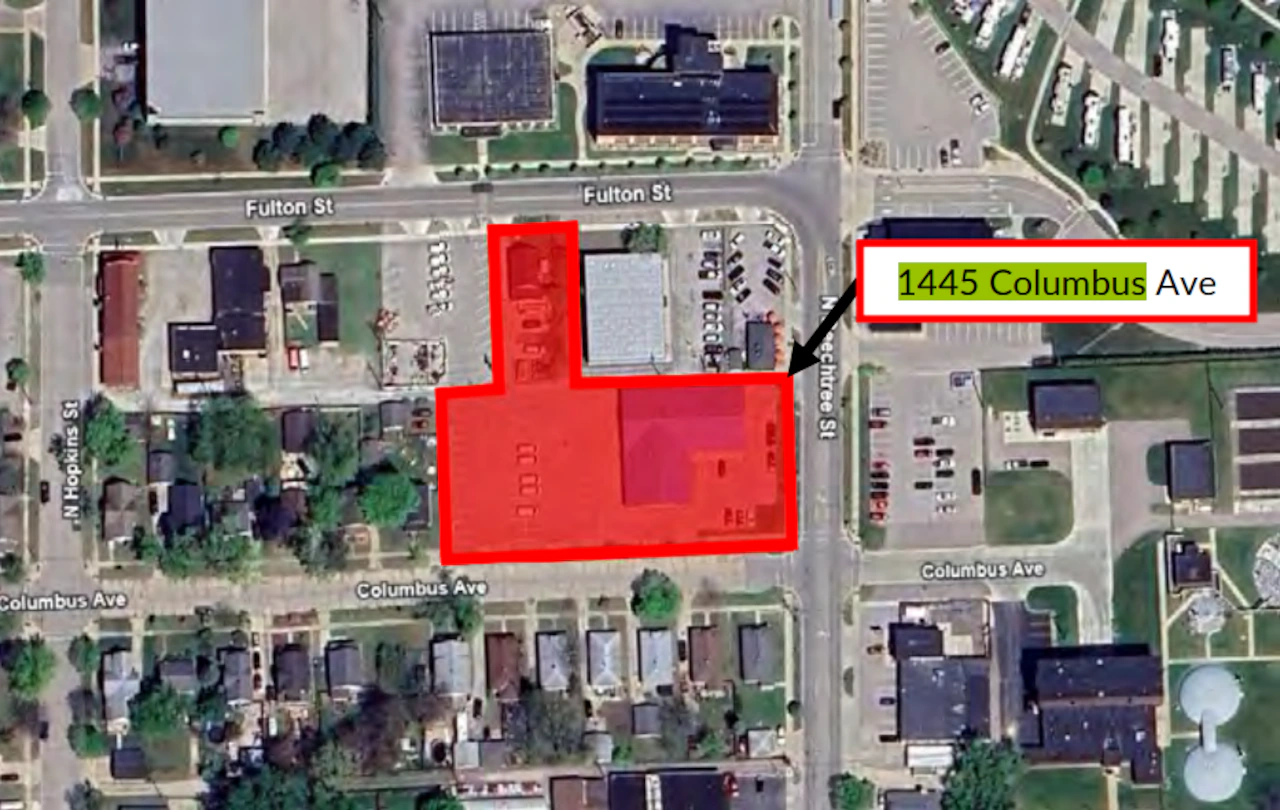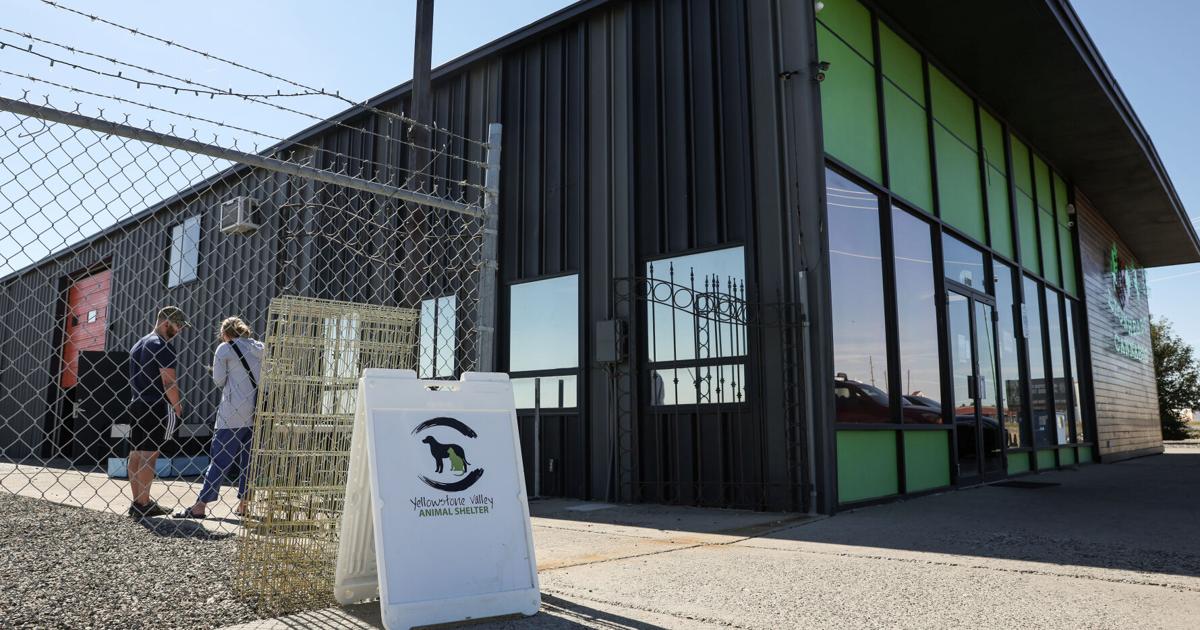Copyright The Boston Globe

But in the city’s fight against the Trump administration, those land-use rules may prove to be a not-so-secret weapon, in large part because the Immigration and Customs Enforcement facility in Portland may be uniquely vulnerable to the codes. “This is so Oregon of us, so Portland of us,” said Elana Pirtle-Guiney, president of the Portland City Council, “to distill a huge federal policy issue that is also a moral issue that is also about the fundamental question of who we are as a country into a land-use problem.” The General Services Administration, which manages real estate for the federal government, typically leases space for ICE from other government agencies or private prisons in industrial areas that are away from residential centers or popular commuter routes. The large ICE facility that has drawn protests in Illinois, for example, isn’t in Chicago, but rather the suburban village of Broadview. Yet when federal officials looked to move Oregon’s ICE “subfield office” from a historic post office near downtown Portland 14 years ago, they chose to lease privately owned property just three miles away in the South Waterfront, a showcase for the state’s history of innovative urban design. That has kept ICE under the intense scrutiny of both protesters and city planners. In mid-September, city leaders issued the owner of the ICE facility, developer Stuart Lindquist, a land-use violation notice, telling him ICE had breached the terms of their original agreement for the property. About 30 years ago, Portland and the city’s largest employer, Oregon Health & Science University, began investing hundreds of millions of dollars in the South Waterfront on the Willamette River. New medical offices, high-rise apartments and condominiums were built. A streetcar and an aerial tram connected the neighborhood to the rest of the inner city and the medical school’s main campus, high on the hills southwest of downtown. ICE became contentious in the area long before Trump began his mass deportation campaign. In 2011, when the agency began negotiating to rent and expand a former Bank of America office building on the edge of the waterfront district, residents and business owners worried about what a federal building might look like, the presence of armed officers and “the possibility of demonstrations and/or protest activities,” according to notes from a hearing officer who ruled on the proposal. But neighbors’ biggest concern was that ICE might release dangerous criminals in the neighborhood late at night after buses stopped running. So the Portland City Council, eager to fill vacant real estate spaces, unanimously backed a compromise. ICE was allowed to add 101 parking spots and a 5,198-square foot detention center on one condition — people could not be detained for more than 12 hours or overnight. That covenant has become ICE’s biggest potential vulnerability. According to the land-use notice issued to ICE’s landlord last month, observers outside the facility who track who enters and leaves noted 25 instances over a 10-month period in which ICE detained people for too long. “What I appreciate about this approach is that it isn’t a political conversation,” said Natalie Lerner, a board member with the Portland Immigrant Rights Coalition. “This is about data.” Representatives of ICE and the Department of Homeland Security did not respond to requests for comment. The property owner, who has filed paperwork contesting some of the city’s evidence, faces monthly fines that start at about $1,000 if he does not fix the problem. The federal government rents the building for more than $2.4 million annually. The more serious conversation will come later this month, when city regulators are scheduled to begin reconsidering ICE’s conditional-use permit for the building. Eventually, the matter could end up in front of the full City Council, whose members have been outspoken in their opposition to the president’s plan to send the National Guard to Portland. For now, they said they must choose their words carefully about the ICE building’s future because they may have to rule on it. Protesters are not so reticent. On Oct. 12, Holly Brown, an organizer, put the demands on city hall succinctly at an anti-ICE rally. “You can’t just sit there doing nothing. You must act to get ICE out of Portland.” She then led the crowd of 100 or so people in a chant of “revoke the permit.” It is not clear if Portland leaders actually have the power to fully revoke the permit or simply make detaining people much harder, if not impossible. Some immigration advocates wonder whether that’s even a good idea. If ICE cannot hold detainees in Portland, the next option is to send them 2½ hours away to the Northwest Immigration Detention Center in Tacoma, Washington, a 1,575-bed campus that can be hard for lawyers to access and even harder for detainees to leave. “Tacoma is an actual detention center,” said Angelita Morillo, a Portland City councilor, “so they can actually disappear people there.”



